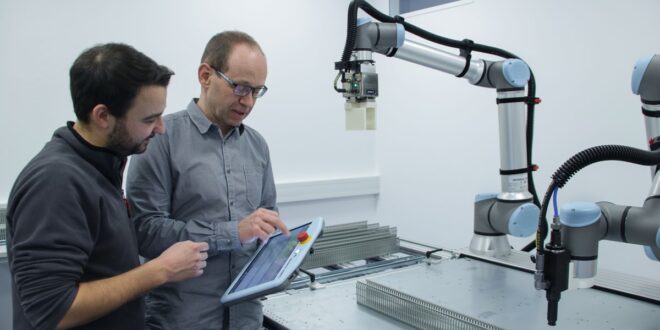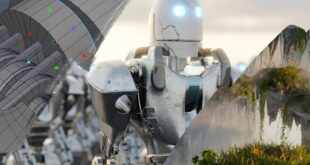In the competitive manufacturing landscape, staying agile and efficient is crucial. Traditional robotic automation has long been used to optimize tasks in sectors like automotive, electronics, and food processing. But as market demands shift and products diversify, the need for flexible and customizable robotic solutions has surged.
This is where customizable automation is stepping in, allowing manufacturers to unlock new levels of potential and adaptability.
Understanding the Power of Customizable Robotics in Manufacturing
For decades, robots have helped manufacturers enhance efficiency, improve product quality, and reduce operational costs. From assembling and welding to packaging and quality control, robots have taken on tasks that require high precision and repetition. However, traditional industrial robots often come with limitations—namely, they’re designed for specific tasks and can be difficult to reconfigure.
As global markets shift and product lifecycles shorten, there’s an increasing demand for robots that can adapt to new tasks with minimal downtime. Customizable robotic solutions enable manufacturers to reconfigure their systems to accommodate changes quickly, creating a competitive advantage in industries that need to scale production or pivot to new products with ease.
The Need for Customization in Modern Manufacturing
Today’s consumers demand personalization and product variety, pushing manufacturers to diversify their offerings and adjust production lines faster than ever. Traditional automation solutions aren’t always suited for this rapid adaptability, as they often require significant downtime and reprogramming to switch between tasks.
Customizable robotics address this issue by allowing companies to adapt quickly, whether they need to introduce new products, adjust volumes, or shift production entirely. This flexibility not only meets consumer demands but also positions companies to stay ahead in an increasingly dynamic market.
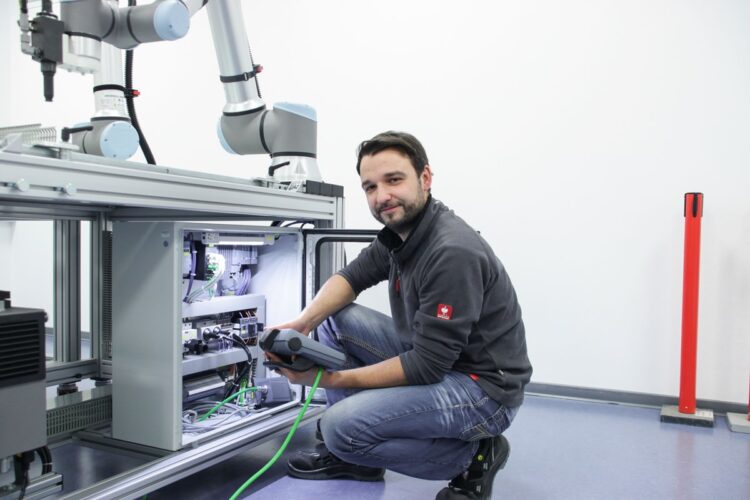
Benefits of Customizable Robotic Automation
Customizable robots are designed to handle repetitive and time-consuming tasks with high precision, freeing up human workers for roles that require strategic thinking. Robots don’t tire or need breaks, so they can work continuously, leading to significant productivity gains. In many cases, manufacturers have reported major improvements in production speed and output after implementing customizable robotic solutions.
Moreover, adaptable robots can be adjusted to accommodate various production requirements. For example, a single robot may be reprogrammed to handle different stages of the production process, maximizing its use and further boosting efficiency.
Reduced Downtime and Operational Costs
Traditional automation often leads to costly downtime whenever reconfiguration is necessary. Customizable robots, however, are designed for quick changeovers. These robots are usually equipped with modular components that can be swapped out or reprogrammed with ease, minimizing downtime and keeping production on schedule.
Operational costs also decrease over time as customizable automation reduces errors, waste, and the need for manual reconfiguration. Investing in flexible automation solutions offers long-term cost savings that are difficult to achieve with traditional robotics alone.
Enhanced Precision and Quality Control
Robots are unmatched in their ability to perform repetitive tasks with exceptional accuracy, and customizable robots elevate this advantage further. In industries like electronics and pharmaceuticals, where minute precision is essential, robotic systems can meet stringent quality standards, ensuring consistent quality across high-volume production.
Customizable robots can be programmed to adapt to different product specifications, enabling manufacturers to maintain quality control even when switching between products. This adaptability is essential for industries that must comply with strict regulations and maintain uniform quality.
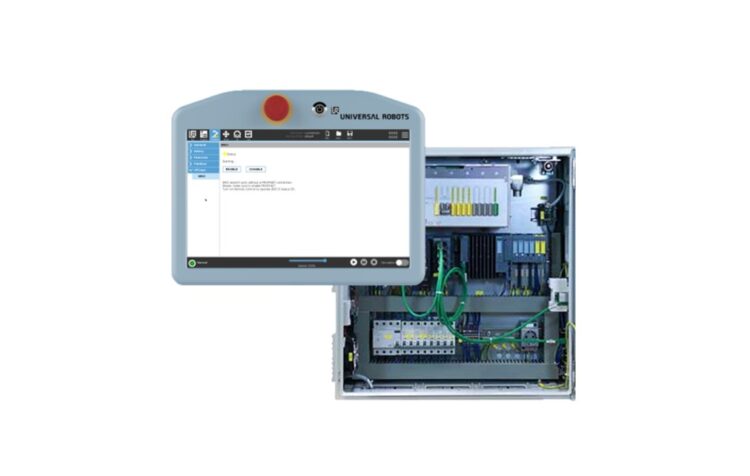
Greater Flexibility and Scalability
One of the biggest advantages of customizable automation is its flexibility. Manufacturers can reprogram robots to handle new tasks, making it easy to scale production up or down depending on demand. For instance, if a factory shifts from producing consumer electronics to automotive components, customizable robots can be reprogrammed to take on new tasks without replacing the entire system.
This level of flexibility allows manufacturers to remain agile in response to market fluctuations, seasonal trends, and even supply chain disruptions.
The Role of the SRCI in Customization
The Standard Robot Command Interface (SRCI) is a universal protocol that enables streamlined communication between robots and automation systems. SRCI allows manufacturers to integrate robots from different vendors into a single, cohesive system, improving interoperability across varied robotic brands and models.
SRCI simplifies the programming and control of robots by establishing a set of standard commands that are compatible across multiple platforms. With SRCI, manufacturers can avoid complex reprogramming or training requirements, creating a more seamless and versatile automation environment.
How SRCI Drives Customizable Automation
One of the primary challenges with traditional robotic systems is the incompatibility between robots from different manufacturers. Each robot type often comes with its own software and programming requirements, making integration difficult and time-consuming. SRCI addresses this issue by creating a standardized protocol for robot control and communication.
With SRCI, manufacturers can use a single interface to control various robots, reducing the need for specialized programming expertise. This streamlined approach allows for quicker reconfiguration and customization, empowering manufacturers to make on-the-fly adjustments to meet changing production demands.
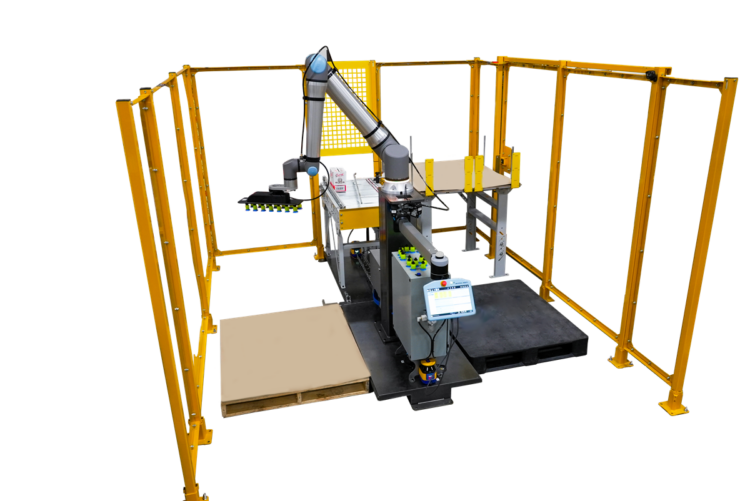
Conclusion
Customizable automation, empowered by technologies like SRCI, is redefining what’s possible in manufacturing. By enabling robots to adapt quickly and easily to new tasks, manufacturers can remain agile, responsive, and highly productive in the face of evolving market demands. As automation continues to advance, customizable robotic systems will drive greater efficiency, quality, and flexibility—key factors that will shape the future of manufacturing.
 Hi Boox Popular Magazine 2024
Hi Boox Popular Magazine 2024
